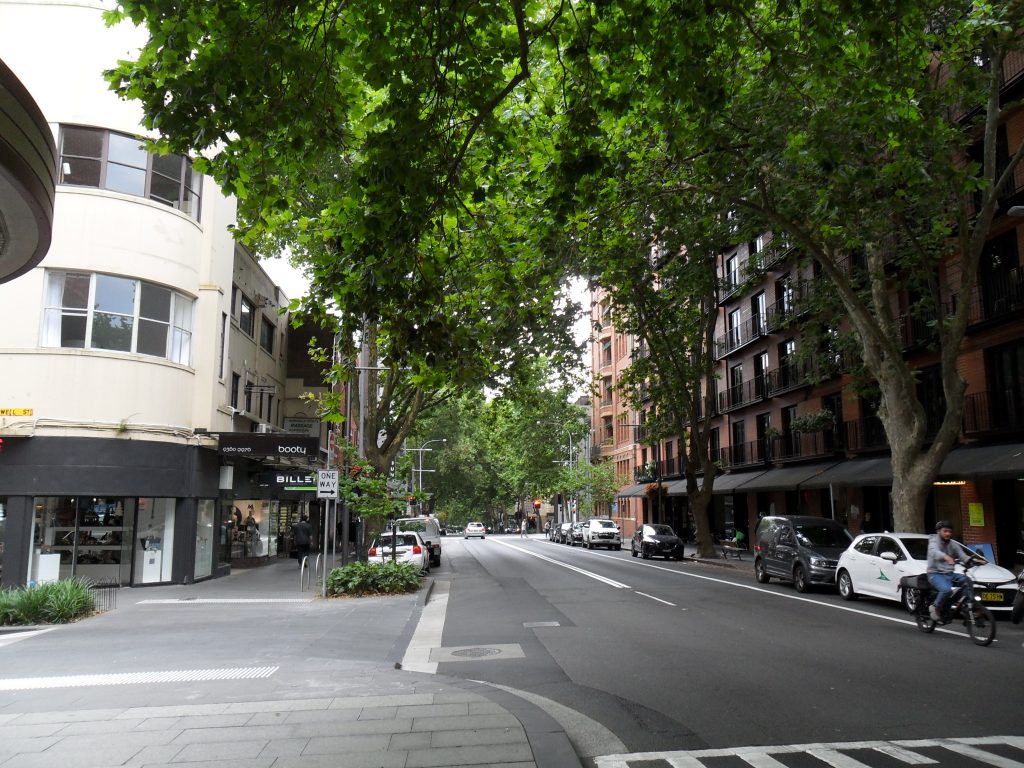Alexander Macleay and His Local Influence

When Alexander Macleay (1767-1848), already aged 58, arrived in Sydney in 1825 he could not have known the influence he would have on the local areas of Pott Point and Elizabeth Bay. He arrived with his wife Eliza and nine of his ten surviving children and his extensive botanical butterfly collection. His collection was described as the “most extensive private collection then existing of any private individual in England and possibly the world.”
Macleay was born in Scotland and had a classical education before relocating to London and becoming a wine merchant with his business partner William Sharp.
In 1795 he was elected a fellow and Secretary of the Linnean Society of London. The Linnean Society is the world’s oldest active society devoted to natural history. Founded in 1788 by Sir James Smith(1759-1828). The Society takes its name from the Swedish naturalist Carl Linnaeus (1707–1778) who defined the classification system for plants.
Macleay was also appointed chief clerk in the prisoners of the London war office. He then became head of the correspondence department of the Transport Board and then its secretary. The board was abolished in 1815, and Macleay retired on an annual pension, of £750.
In 1813, he was elected a foreign member of the Royal Swedish Academy of Sciences.
On 14 June 1825, Macleay was appointed Colonial Secretary for NSW and was soon working twelve-hour days. On 17 July 1825 was nominated to the NSW Legislative (lower house) and Executive (upper house) Councils, holding both parliamentary positions from 1836 until 1848 a month before his death .
He was granted 54 acres of land at Elizabeth Bay by Governor Ralph Darling where he constructed Elizabeth Bay house (still standing) in 1834 and laid out an extensive botanic garden using convict labour.
His extensive zoological plant collections have formed the basis of the Macleay Museum in the University of Sydney.
Macleay was also very active beyond his scientific pursuits and was the foundation president of the Australian Club.
After his death his estate was eventually broken up and subdivided in stages over the following generations.
Macleay Street Potts Point/Elizabeth Bay is named after him. It forms the spine of the local area running north/south from Wylde Street to Darlinghurst Road. The eastern side is in the Elizabeth Bay area and the western side is recognised by Sydney Council as being part of Potts Point. Challis Avenue, McDonald Street, Manning Street, Greenknowe Avenue, Hughes Street, Rockwall Crescent and Orwell Street all run off Macleay Street providing a network and matrix of residents and commercial activities.
Macleay Street is flanked by a boulevard of mature London Plane trees which are a silent sentinel protecting the area providing shade in summer and allowing dappled light to penetrate in Winter. They create a European feel to the streetscape, cherished by locals and visitors.
There are dozens of boutique dress shops and cafes, restaurants, bistros, homewares shops, a major supermarket, bottle shops, florist shops and heritage-listed apartments which all create a local village which has established its reputation as a sophisticated place to live, close to the city and local parks. Heritage-listed Fitzroy Gardens is major part of the streetscape defining its character.
The 311 bus twirls about the area going in both directions at once. It starts at central station going through Darlinghurst, Taylor Square, Kings Cross, down Macleay Street into Elizabeth Bay, and the back again and onto Town Hall ending in Millers Point. It also travels from Argyle Street, The Rocks through the city to Woolloomooloo into Macleay Street and Elizabeth Bay ending at Central Station. It’s not uncommon to see two 311 buses in Macleay Street heading in opposite directions to different destinations. Residents often provide a free navigation service to overseas visitors.
Taxis buzz up and down picking up and dropping off passengers.
It’s a pas de deux ballet with pedestrians and passers-by simultaneously acknowledging and avoiding each other – all part of our high-octane city living.
By Andrew Woodhouse
Heritage Solutions





